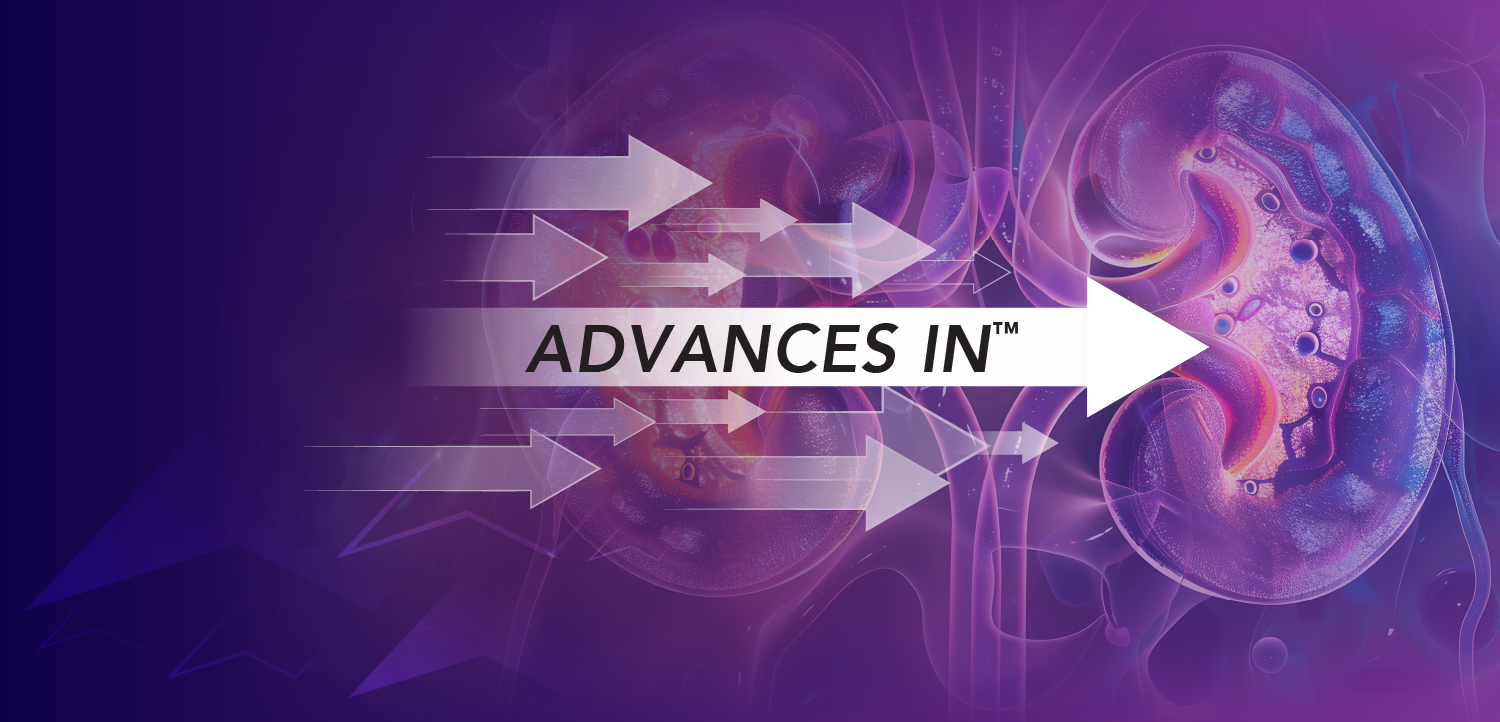
7 tips on how to navigate the complexities of migrating EHRs to the cloud
Key Takeaways
- Cloud migration offers real-time data access, enhanced security, and cost efficiency for healthcare providers, despite initial integration and compliance challenges.
- A comprehensive cloud strategy involves re-engineering systems, assessing costs, and addressing cultural shifts to ensure successful migration.
Migrating EHR systems to the cloud enhances health care efficiency, security, and cost savings while navigating the complexities of transition.
Each year, more health care providers experience the benefits of migrating their Electronic Health Record systems to the cloud. Facilities ranging from rural health clinics to teaching hospitals to busy urban ERs have been excited by real-time access to critical information, enterprise-grade security, and customizable data features—all for a smaller price tag than the information systems of a decade ago.
Many health care organizations have looked at onsite data centers, but have found that the capital costs including buildings, electricity, a refresh of systems and much more could prove prohibitive.
Some providers that still have on-premise
Nevertheless, a cloud strategy opens up new possibilities that ultimately benefit both health care professionals and their patients.
While the majority of health care providers in America have embraced cloud computing at least to some degree, there have been bumps in the road.
However, a cloud-first strategy offers the opportunity to create a unified data platform and provide an operational expenditure-driven cost model that can be built into the architecture process.
One thing is clear: migrating
But for those that have aligned their goals with their strategy and their execution, the benefits of cloud computing outweigh considerations including risk and cost. For example, some major providers have found that the cost savings
With this in mind, here are seven tips to smooth the transition from on-premise systems to cloud-based EHRs:
Have a comprehensive plan with C-Suite buy-in
A detailed and thoughtful plan allows an organization to understand and respect the complexity of cloud migration and all the stakeholders it involves. It should also take into account the external players, for example, vendors, and the different organizations such as Microsoft, Amazon, or Epic, which all have their own playbooks and best practices. Making these moving parts work together is complex, and the plan must reflect that.
Think of the migration as a complete re-engineering
A cloud move is not a lift-and-shift, it is a re-engineering of critical systems from the ground up. The move can only be accomplished with a strong process of implementing engineering and architecture. Every system is likely to undergo a transformation. Planning for anything less can easily lead to delays and other problems.
Assess the full impact and cost
Understanding the full impact and cost of the cloud migration should include assessing the cost of not doing it. While technical upgrades do require capital outlay, they can easily enable the flexibility to scale out, scale up, and accommodate industry-changing advancements like telehealth and other trends. The ROI of implementing a nimble platform must be compared against the costs to make it happen. Many organizations ultimately save money by being able to quickly shift their strategy when the industry undergoes rapid change – and it’s cloud computing that enables them to shift.
Address the cultural transition
Cloud migration is never simply a technical transition. It's just as much a cultural transition. Since many processes change with a technical upgrade, it’s important to train staff on the new best practices and workflow changes, as these influence the culture of an organization.
Maintain security as information silos crumble
As critical information moves to the cloud, CTOs and CISOs should form an alliance and work together closely. While in the past there have been silos as it relates to these teams—security, DevOps, and AIOPs—all working on their own projects, deadlines, and objectives, these teams need to come together and work on the common goal.
Ensure compliance
An airtight compliance program helps minimize risks of fraud, waste, abuse, and sloppy accounting. Risks have multiplied as EHRs usage has grown, and addressing system vulnerabilities is paramount during a move to the cloud. Many organizations take the wise step of developing new management tools to shore up their business operations during this transition.
Stick with the innovators
When selecting technologies, partners and vendors, choose those using AI and other advancements that can “future-proof” your organization. Technology evolves rapidly, and your organization should be able to evolve with it.
Migrating critical systems and processes to the cloud is not a simple proposition. It changes workflows and alters company culture. It exposes organizations to new risks and new costs.
But the real-time access to data, longer-term cost savings, rapid upgrades, enhanced collaboration, and other benefits will outweigh these considerations for most organizations. Migrating
Newsletter
Stay informed and empowered with Medical Economics enewsletter, delivering expert insights, financial strategies, practice management tips and technology trends — tailored for today’s physicians.


















